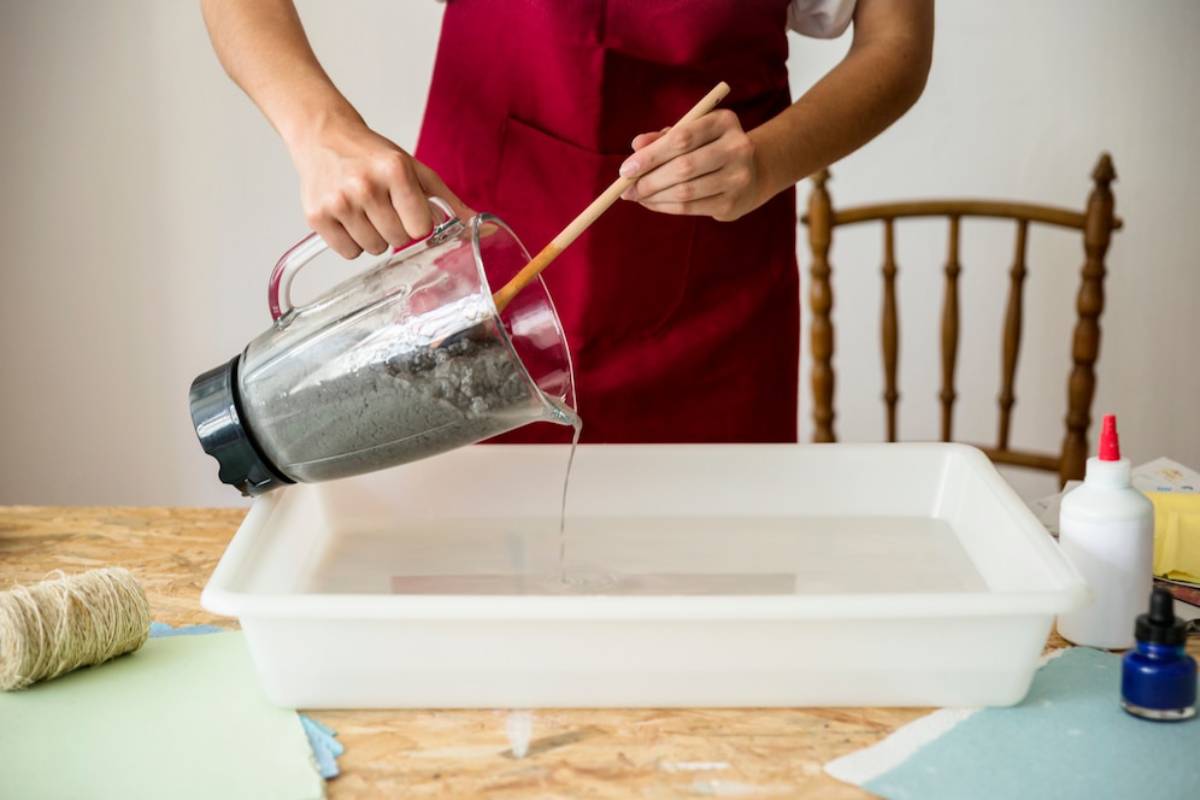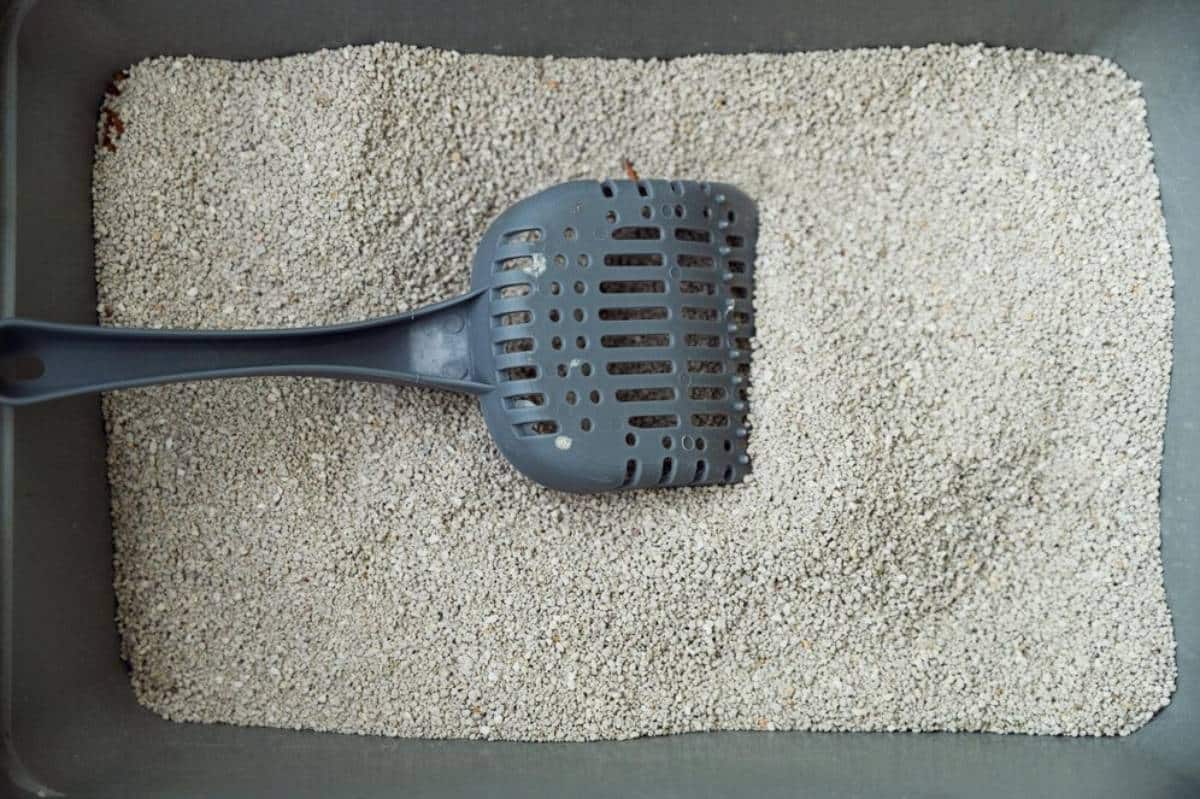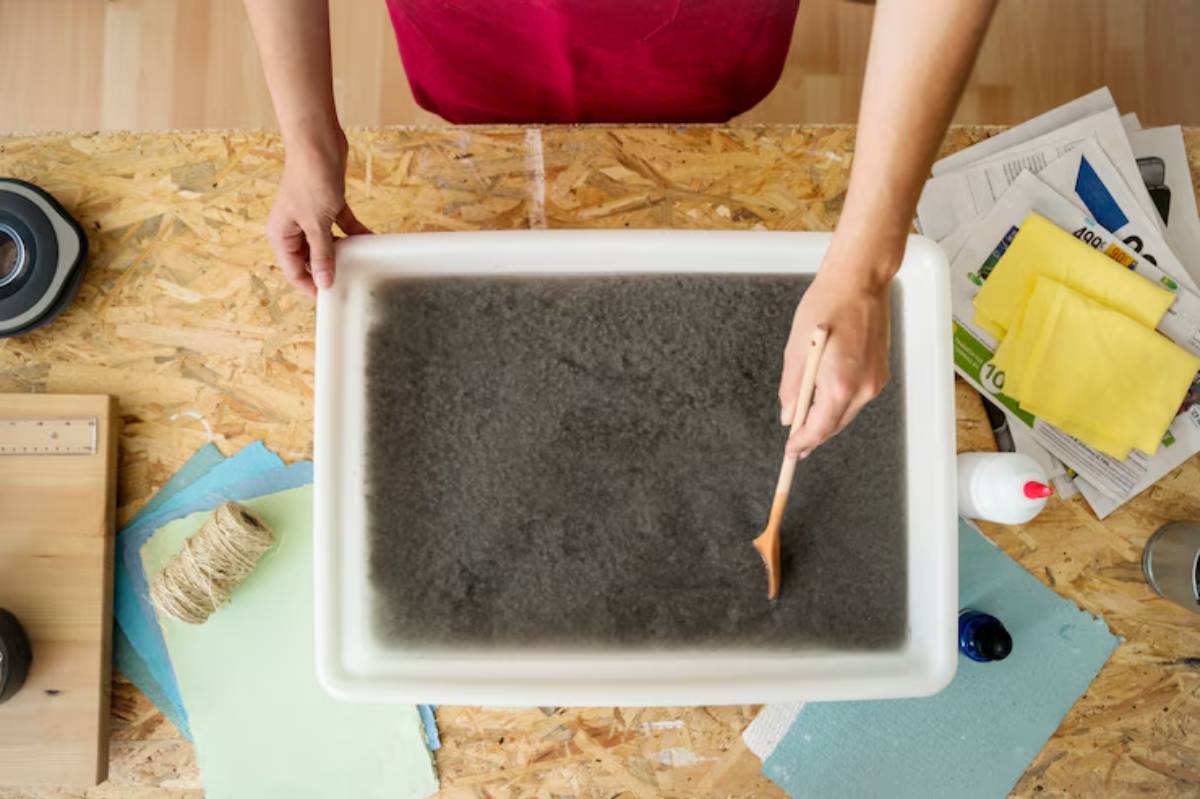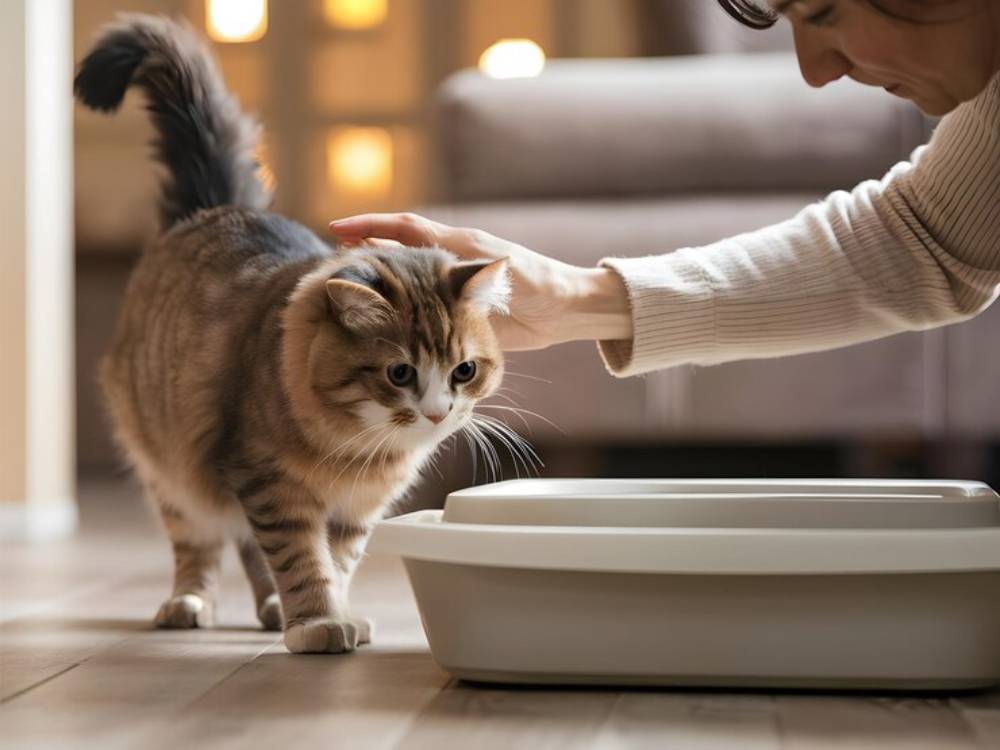
DIY Compostable Cat Litter Alternatives
If you’re a cat parent, you already know how vital litter is for your feline’s comfort — and your home’s cleanliness. But have you ever stopped to think about the environmental impact of traditional cat litter?
Most commercial litters are either non-compostable or environmentally damaging, with clumping clay litters among the worst offenders. These products are often strip-mined, non-biodegradable, and end up in landfills by the ton each year. This raises an urgent question for eco-conscious cat owners: Is there a more sustainable, homemade solution?
The answer is yes. In this article, we’ll explore DIY cat litter solutions made from compostable materials, many of which you probably already have at home. We’ll cover the pros and cons, how to create and use them, and how to dispose of them in an environmentally responsible way, safely. Whether reducing your carbon footprint or saving on costs, these homemade cat litter ideas offer innovative, sustainable alternatives.
Why Switch to DIY Compostable Litter?

Environmental Impact of Traditional Litters
Clumping clay litter is made from bentonite clay, a material strip-mined from the earth.
This process:
- Destroys ecosystems
- Requires intensive water and energy use
- Results in non-biodegradable waste
Silica gel and scented litter may last longer, but are still non-compostable and full of synthetic chemicals.
Benefits of DIY Compostable Cat Litter
Making your compostable cat litter offers multiple perks:
- Eco-friendly: Reduces landfill waste and carbon emissions
- Cost-effective: Uses cheap or free household materials.
- Customisable: Tailor to your cat’s preferences and sensitivities
- Compostable: Can be reused in specific gardening contexts
What Makes a Good DIY Litter?
Before diving into recipes, it helps to understand what qualities you need in a good cat litter:
- Absorbency: Soaks up moisture and reduces odour
- Low dust: Avoids respiratory irritation for cats and humans
- Clump-forming (optional): Easier scooping
- Safe and non-toxic: Free from harmful chemicals
- Compostable: Breaks down naturally in the right conditions.
Top DIY Compostable Cat Litter Solutions

1. Shredded Newspaper and Junk Mail
This is one of the most straightforward and most affordable options.
How to Make:
- Shred non-glossy paper into strips.
- Soak in warm water with a splash of vinegar.
- Drain and squeeze out excess water.
- Crumble the pulp into smaller pellets and let them dry.
Pros:
- Made from materials you already recycle
- Free or very cheap
- Biodegradable and compostable
Cons:
- Needs frequent changing
- May not absorb odour as well as other options
Best for: Households with time to prepare batches regularly.
2. Sawdust or Wood Shavings
Wood is naturally absorbent and deodorising, especially pine or cedar.
How to Use:
- Choose untreated, chemical-free wood shavings
- Spread a 5–7 cm layer in the litter box.
Pros:
- Naturally controls smells
- Inexpensive from local mills or pet stores
- Compostable
Cons:
- May track easily outside the litter box
- Not clumping, so needs frequent scooping.
Tip: Mix with baking soda to control added odour.
3. Coconut Husk Fibre (Coir)
An increasingly popular and sustainable option.
How to Use:
- Buy coconut coir bricks
- Soak and break apart to create a fluffy litter texture.
Pros:
- Super absorbent
- Compostable and odour-resistant
- Sustainable and renewable
Cons:
- Slightly more expensive up front
- It may be too fine for some cats’ liking.g
Great for: Cats with sensitivities or allergies.
4. Wheat Bran or Cornmeal
These grain-based litters are gentle, biodegradable, and clump slightly.
How to Use:
- Pour wheat bran or cornmeal into a clean, dry litter box
- Use as-is or mix with baking soda.
Pros:
- Clumps modestly
- Biodegradable and edible-safe
- Pleasant natural scent
Cons:
- Can attract pests if stored improperly
- Needs daily scooping to avoid mould
Ideal for: Small households looking for an edible-safe option.
5. Sand and Soil Blend
Cats are naturally drawn to digging in soil, so why not replicate that?
How to Use:
- Mix clean play sand with topsoil or peat moss
- Add a dash of baking soda to neutralise odours.
Pros:
- Easy transition for outdoor-to-indoor cats
- Natural and compostable
- Encourages digging behaviour
Cons:
- Heavy and messy
- Not as absorbent as other options
Best for: Outdoor cats transitioning to indoor litter use.
Composting Used Cat Litter — Do’s and Don’ts
What You Can Compost
- Litter made from 100% plant-based or paper materials
- Urine-soaked litter only (in most council areas)
- Faeces, only if your local composting laws allow it
What to Avoid
- Clay, crystal, or synthetic litters
- Face, if your compost will be used on edible plants.
- Mixing cat litter into general compost bins without a dedicated system
How to Compost DIY Cat Litter
- Use a separate bin exclusively for pet waste.
- Add carbon-rich materials like leaves, sawdust, or straw.
- Maintain high temperatures to kill bacteria (above 60°C if possible).
- Let it sit for at least 6–12 months.
- Only use compost on non-edible plants and ornamentals.
Note: Always check local council guidelines before composting pet waste.
Practical Tips for DIY Litter Success
Transitioning Your Cat
Cats can be picky, so don’t switch abruptly.
Steps:
- Gradually mix the DIY litter into your cat’s current litter over a week.
- Observe your cat’s behaviour and adjust the texture as needed.
- If your cat avoids the box, try another recipe.
Keeping Things Fresh
- Scoop daily to maintain hygiene.
- Change out entirely every 3–5 days, depending on the material.
- Add a sprinkle of baking soda to help with odours.
- Use a lined or washable litter tray for easier cleaning.
One Cat Owner’s Journey

“When I adopted my second rescue cat, I noticed how quickly I was going through litter, and the bags piled up in our bins. I started with shredded newspaper, but wood pellets mixed with baking soda worked best for my cats and nose. Now, I compost the used litter in a garden bed that feeds only my ornamental plants, and I haven’t bought commercial litter in over a year.”
— Emily T., Manchester
Small Steps, Big Impact
Switching to DIY compostable litter options might feel like a big leap, but it’s a shift that benefits your cats, your wallet, and the planet. From shredded paper to coconut fibre, there’s an eco-friendly litter solution for every type of household — and every cat.
By making the switch and composting responsibly, you’ll reduce household waste and contribute to a broader culture of sustainability in pet care.
Choose one of the DIY litter solutions above and give it a go this week. Let your cats be the judge — and don’t be afraid to experiment! Already have a DIY recipe you love? Share it in the comments below, and let’s inspire more cat lovers to switch.


